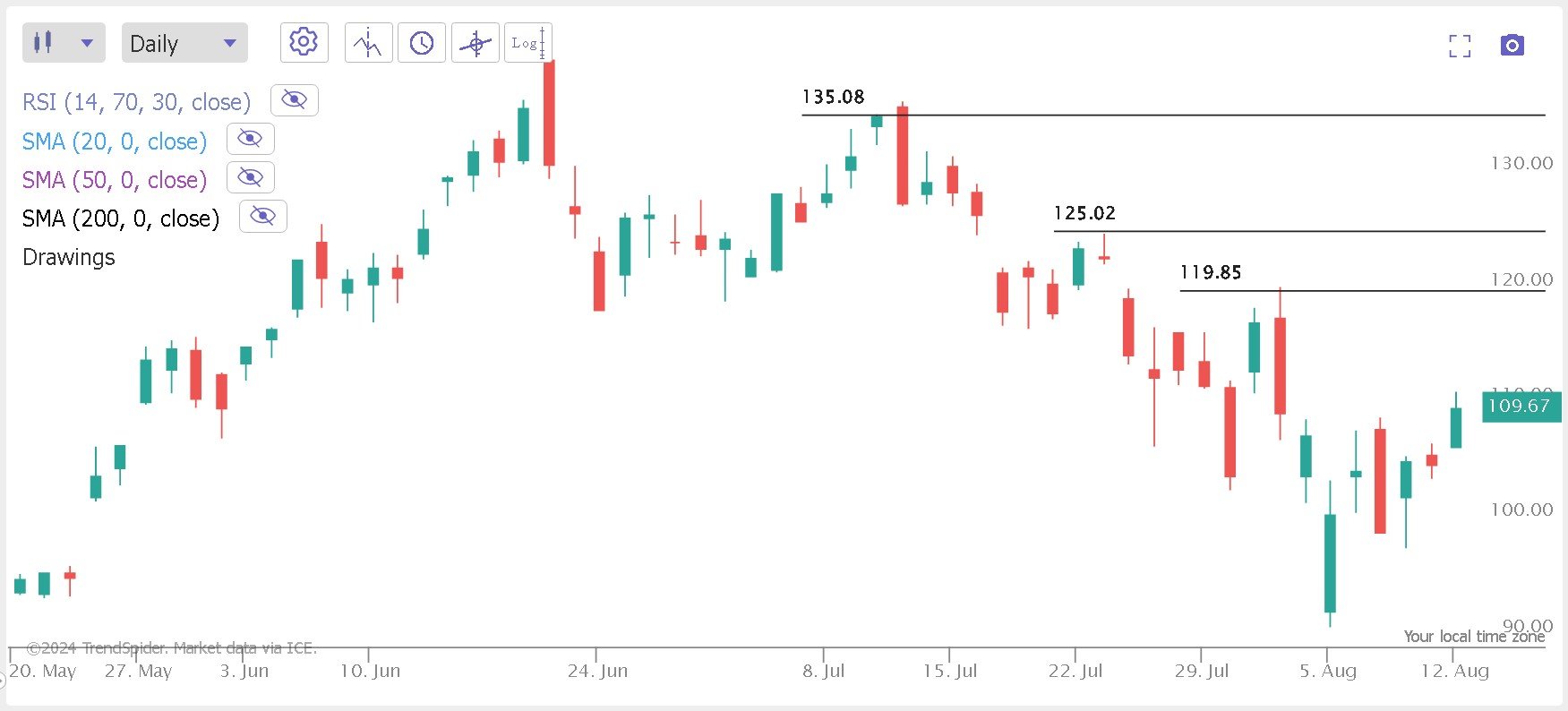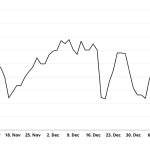
Attention, income collectors everywhere! I know you’re happy about Nvidia’s (NASDAQ:NVDA) dividend hike from earlier this year. That’s great, but it’s not the only way you can collect income from your Nvidia stock investment. With a basic, two-step NVDA options trade, you can get an up-front cash payout that could potentially boost your profits.
Nvidia is still the undisputed heavyweight champion of U.S.-based artificial intelligence (AI) graphics processing unit (GPU) makers. However, even a champ like Nvidia is bound to fall out of favor from time to time.
That’s your signal to pick up shares at a discounted price — but there’s more that you can do besides buying Nvidia stock. Check out this flexible option-selling strategy that will put cash in your account while keeping you in the trade for a while.
Writing Covered Calls on Nvidia Stock
There’s an option-trading strategy known as a buy-write strategy, which only involves two steps. First, you would buy 100 shares of NVDA stock at the current price. That’s the “buy” part of “buy-write.”
Then, you would do the “write” part of the “buy-write,” which means “writing” or selling a covered call option on your 100 shares of Nvidia stock. You can choose the strike price and the expiration date for the covered call option that you’re selling. You would be required to sell your 100 NVDA shares if the stock is above the strike price when the option expires.
There’s a trade-off when you sell a covered call option. If NVDA stock is above the strike price when the option expires, you didn’t get to participate in all of the stock’s upside movement. However, you still got to participate in some of the stock’s upside move, and you collected a “premium” payment when you sold the covered call option.
This is a great strategy if you want to buy Nvidia stock at its currently low price but don’t expect the stock to “shoot to the moon.” A buy-write makes perfect sense for investors who are more focused on collecting income than on fantasies about huge share-price moves.
Use a Chart to Identify Nvidia Options Strike Prices
The following chart shows NVDA stock daily candlesticks with resistance levels. These resistance levels can serve as guideposts for good strike prices if you’re selling covered calls.

The resistance levels happen to be near $120, $125 and $135. The market might sell Nvidia stock at those levels, so why not use them as your strike prices?
Here are some possible combinations of Nvidia call option strike prices and expiration dates for a buy-write strategy. Check with your broker before selling any of these call options, as the prices are subject to change:
- Sell an NVDA $120-strike call option, expiring Oct. 18: Collect $9.95 per share, or $995 in total
- Sell an NVDA $125-strike call option, expiring Nov. 15: Collect $9.95 per share, or $995in total
- Sell an NVDA $135-strike call option, expiring Dec. 20: Collect $9.25 per share, or $925 in total
Nvidia stock traded at $115.94 per share at the time of this writing. So, to implement this buy-write strategy, you would need to have enough cash in your account to purchase Nvidia 100 shares, which would cost $11,594 in total, before selling a covered call on those shares and collecting the premium payment.
NVDA Options: Get Your ‘Second Dividend’ Today!
Now, you can see why some folks call covered call option selling a “second dividend” strategy. You can already collect the dividend payments from Nvidia every three months. Along with that, you can use a buy-write strategy to collect even more income on your 100 Nvidia shares.
It’s a smart-money way to invest in the GPU-chip juggernaut, Nvidia. Check out different strike-price-and-expiration-date combinations, and feel free to give this NVDA options buy-write strategy a try today.
On the date of publication, David Moadel did not have (either directly or indirectly) any positions in the securities mentioned in this article. The opinions expressed in this article are those of the writer, subject to the InvestorPlace.com Publishing Guidelines.
On the date of publication, the responsible editor did not have (either directly or indirectly) any positions in the securities mentioned in this article.





